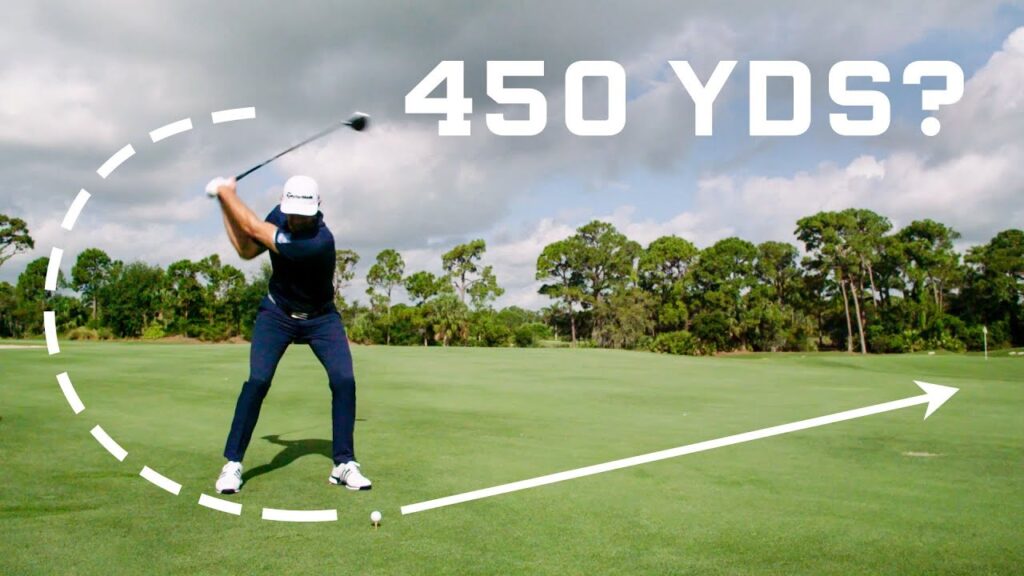The Fascinating World of Oceanic Camouflage: An Exploration of Crabs and Urchins
Summary
In this article, we explore the remarkable world of oceanic camouflage and the interesting ways crabs and urchins use it to their advantage. We learn about the urchin crab, which uses the urchin’s prickly exterior as a hat to defend against predators while simultaneously transporting the urchin to new feeding grounds. Additionally, we learn about decorator crabs, which blend in with their environment by sticking materials to their shells using specialized hair-like structures.
Table of Contents
- Introduction
- What is the urchin crab and how does it use camouflage to its advantage?
- What are decorator crabs and how do they use camouflage to blend in with their environment?
- Can other ocean creatures use camouflage as effectively as crabs and urchins?
- How does oceanic camouflage protect the animals that use it?
- Conclusion
Introduction
Our oceans contain some of the most stunning and awe-inspiring creatures, from the mighty Blue Whale to the tiny Sea Horse. One aspect of ocean life that fascinates marine biologists is the phenomenon of oceanic camouflage, particularly as it pertains to crabs and urchins. These creatures use camouflage to either blend into their environment or to defend themselves from predators. In this article, we delve into this topic in more detail and explore the fascinating ways crabs and urchins use camouflage to their advantage.
What is the urchin crab and how does it use camouflage to its advantage?
The urchin crab is a remarkable creature that is known for its unique camouflage technique. The crab uses urchins as hats to protect itself from predators while also benefiting the urchin. While this may appear cruel or unusual, it’s actually a symbiotic relationship – the crab gets protection from predators, and the urchin gets transportation to new feeding grounds. By attaching itself to the top of the urchin, the crab is effectively camouflaged, taking on the prickly exterior of the urchin. This makes it difficult for predators to identify the crab, giving it an added advantage in the fight for survival.
What are decorator crabs and how do they use camouflage to blend in with their environment?
Decorator crabs, as their name suggests, are crabs that use their environment to decorate themselves. They do this by sticking all kinds of materials to their shells, from seaweed to coral, using specialized hair-like structures that mimic the structure of Velcro. This way, the crab blends in with its environment, effectively camouflaging itself from its predators. These structures are so effective that even a close inspection of the crab’s shell may reveal nothing unusual.
Can other ocean creatures use camouflage as effectively as crabs and urchins?
While crabs and urchins are the most well-known examples of oceanic camouflage, they are by no means the only creatures that use it to their advantage. Many other animals, such as cuttlefish, octopuses, and mantis shrimp, use camouflage to blend in with their environment or defend themselves from predators. It’s understood that these creatures use a range of techniques, such as changing colour, adapting their shape or pattern, or by staying perfectly still, to make them appear invisible or unrecognisable to predators.
How does oceanic camouflage protect the animals that use it?
Oceanic camouflage is a powerful technique that animals use to protect themselves from predators or camouflage themselves from prey. The ability to blend in with their environment or divert predators makes it easier for the animals to survive. Camouflage also allows animals to protect themselves from predators without having to expend unnecessary energy on physical defense mechanisms. By blending in, they reduce the chances of being attacked, allowing them to conserve energy and resources for other important tasks such as hunting or mating.
Conclusion
In conclusion, the phenomenon of oceanic camouflage offers us fascinating insights into the world of marine biology. It demonstrates the remarkable beauty and adaptability of the creatures that inhabit our oceans. Crabs and urchins demonstrate some of the most fascinating examples of oceanic camouflage, using these techniques to defend themselves from predators, transport urchins to feeding grounds, and blend in with their environment. It’s a testament to the ingenuity of nature and the remarkable ways in which creatures have evolved to survive in their underwater world.







